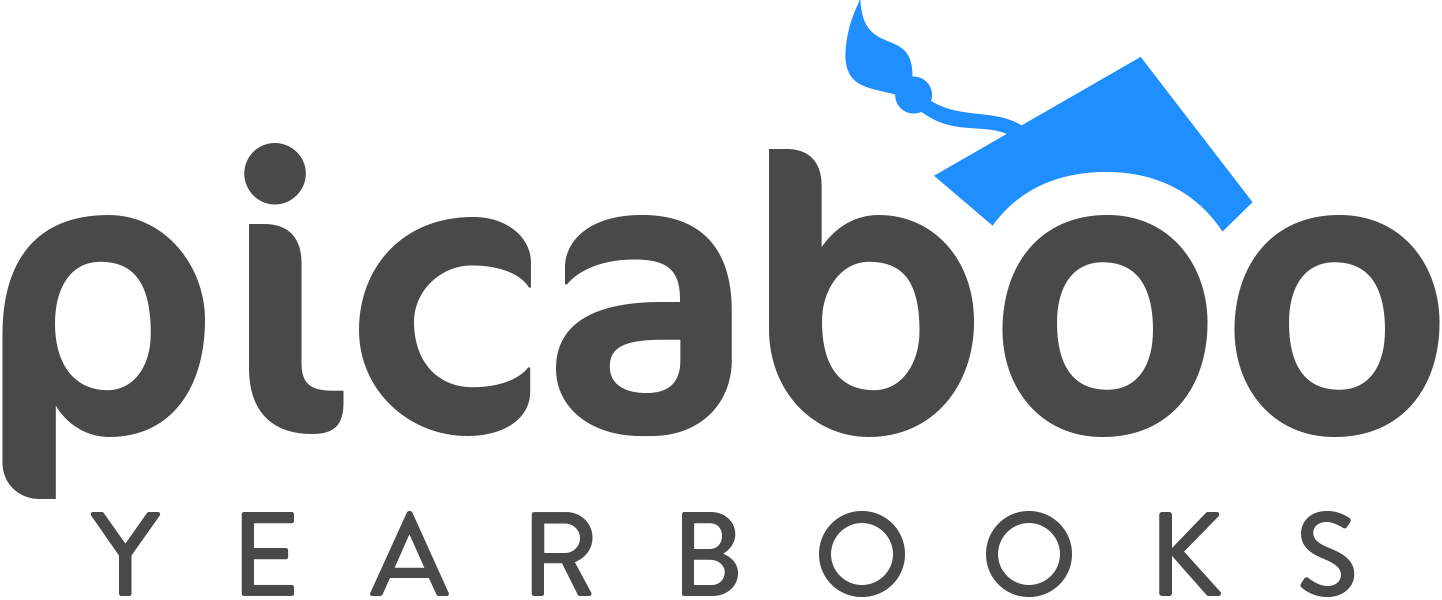Black, White, and ‘Read’ All Over: Playing with Color in Your Yearbook
Color choices in a yearbook are determined by many things, including printing abilities, school colors and standards, and budget. It’s important to consider the resources available to you and the rest of your staff when designing the pages of your book, as well as any preexisting rules and constraints. In many yearbooks, that translates into a few key pages and photos appearing in color, while the rest are black and white. But, what about changing up the status quo?
Designating a page for color printing does not necessarily mean that every photo on it must be in color. Consider placing photos that have been gray-scaled alongside color photos to create more variety on the page. For example, if there is a section dedicated to the school play, the main photograph may be in color, while other smaller photographs appear in black and white. It’s also important to take into account whether or not the events depicted in a photo should have any relevance to whether it appears in color. If your school held a period dance (sock hop, swing dance, etc.) then black and white can be used for an “authentic” look that plays into the theme of the event.
The same is true for other types of events. Photos from an “80s day” could be color-corrected to create the look of a polaroid instant snapshot before being prepared for printing.
There will always be certain moments that should stand out in living, breathing color, but don’t be quick to assume that all photography is best served with a full spectrum. In exercising creative judgment, you’ll be able to create a better book without stepping out of the bounds of budget and printing ability.
Colors can also be used to designate certain areas in the yearbook. All books have a table of contents, but assigning colors to those sections is one more easy way for students to find the pages they’re looking for. If you include student quotes in your yearbook, consider color-coding those as well. Quotes about school life in red, humorous quotes in blue, philosophical quotes in green, etc. There are a lot of different ways to splash color into your printed yearbook.
Finally, remember that the possibilities offered by having both a print and digital version of your yearbook extend into color. The digital version can appear entirely in color if you so choose, which creates additional incentive for students to check it out. Language like “Love these photos of Homecoming? Be sure to check them out in color in the digital yearbook” can clue students in to the additional experience waiting for them online.
How have you used color in your yearbook in unconventional ways?
